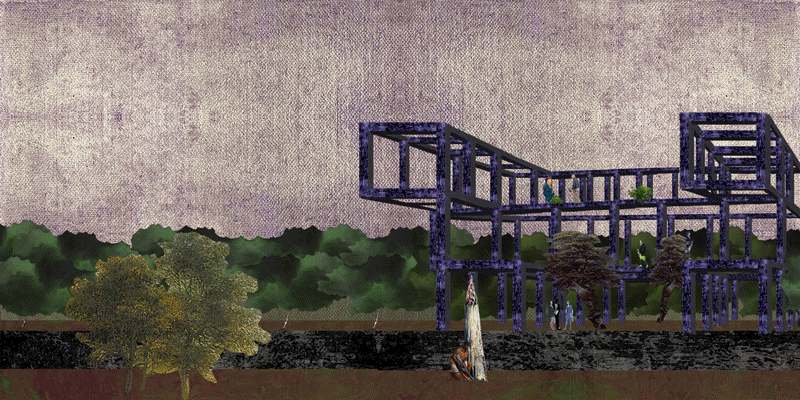
Battleground of Human Settlement (BOHS)
Ceiba, Puerto Rico
The realm where students, visitors, and other inhabitants of global experimentation witness the perpetual competition and collaboration between humanity and its environment.
The only constant in life is change, so the campus is truly a battleground.
The only constant in life is change, so the campus is truly a battleground.
Welcome to the Jungle
The framework of the main building is merely a footprint to manipulate. Students, faculty and visitors are truly the masters of their own curricula and are able to
build, cut, destroy, reshape, rip, sculpt, explore
the building to reflect the idea of resourcefulness.
Whether made of the earth itself, the wood of the Puerto Rican flora, or the waste of their own labor, the building is truly made of what the inhabitants seek.
Battleground: an area of conflict
With conflict, there is “a mental struggle resulting from incompatible or opposing needs, wishes, or external or internal demands,” an opportunity for lessons to be learned.
The regimented designation of a battleground, ergo, is a place to learn, an expanded classroom where the technique you learn can save your life.
With the incentive of survival, cooperation and craftsmanship can endure the test of time.
The goal of the battleground is for students to leave with a greater appreciation for the resources they use on a daily and life-long basis. What they use and how they use it has a direct symbiosis with them, a reality that is inescapable.
Download our brochure




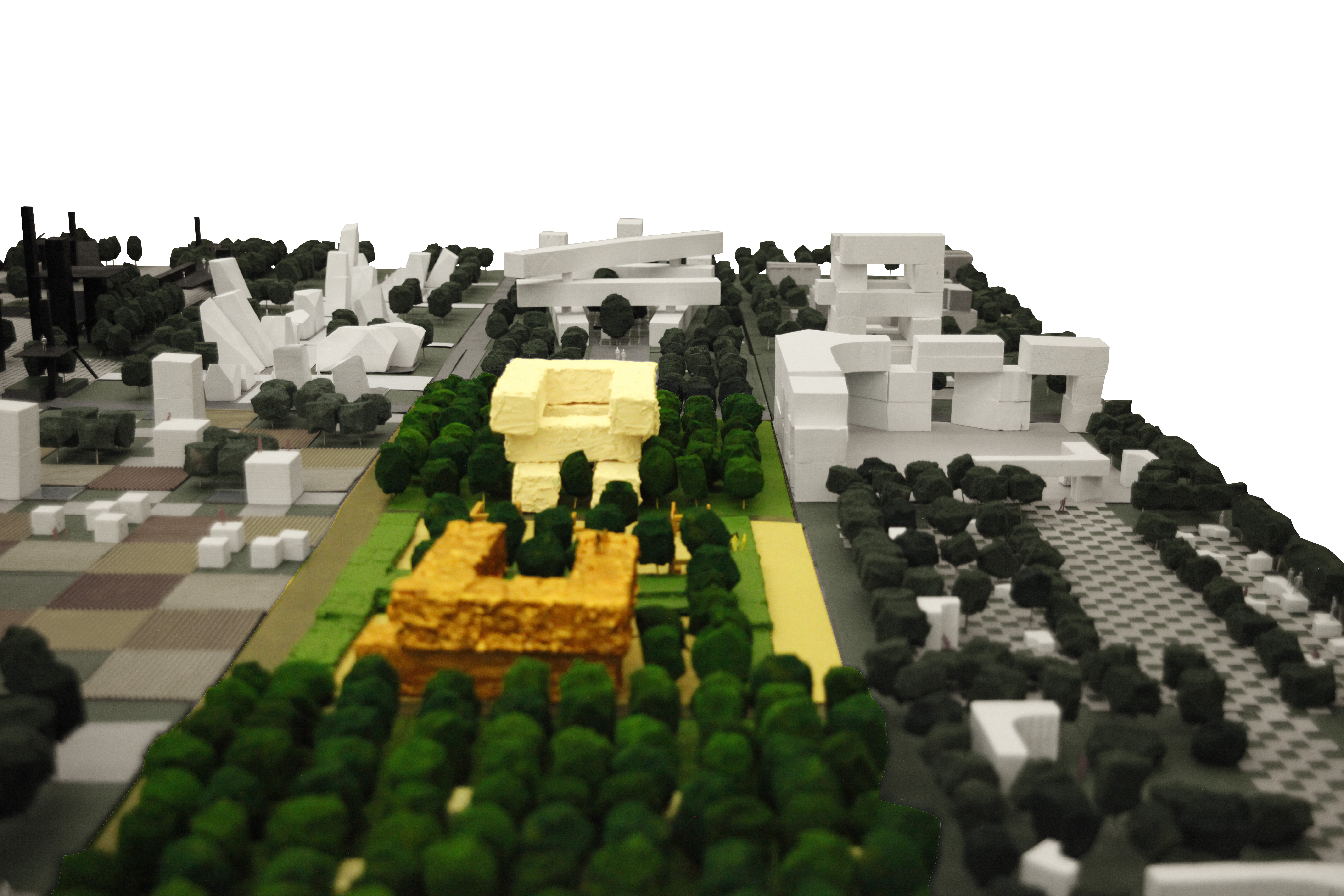
Change pending (by account of the students)
Photo credit: Nathalie Frankowski
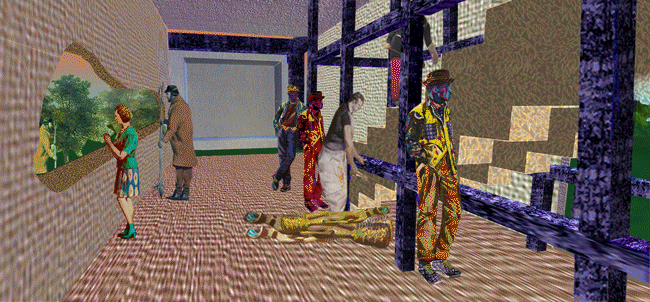
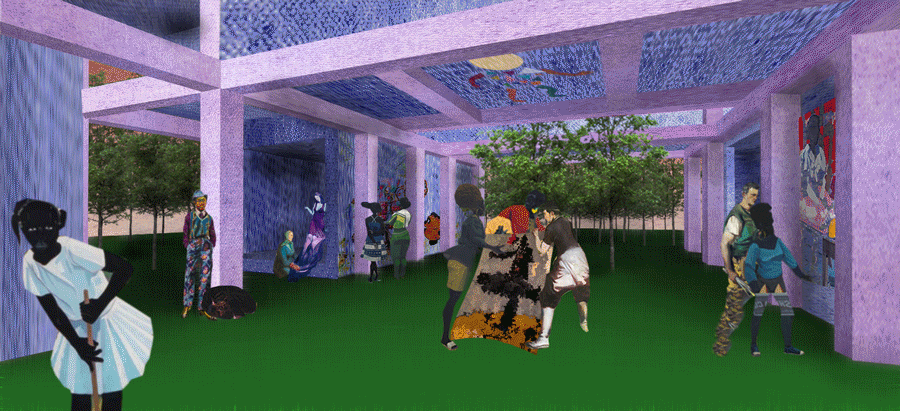
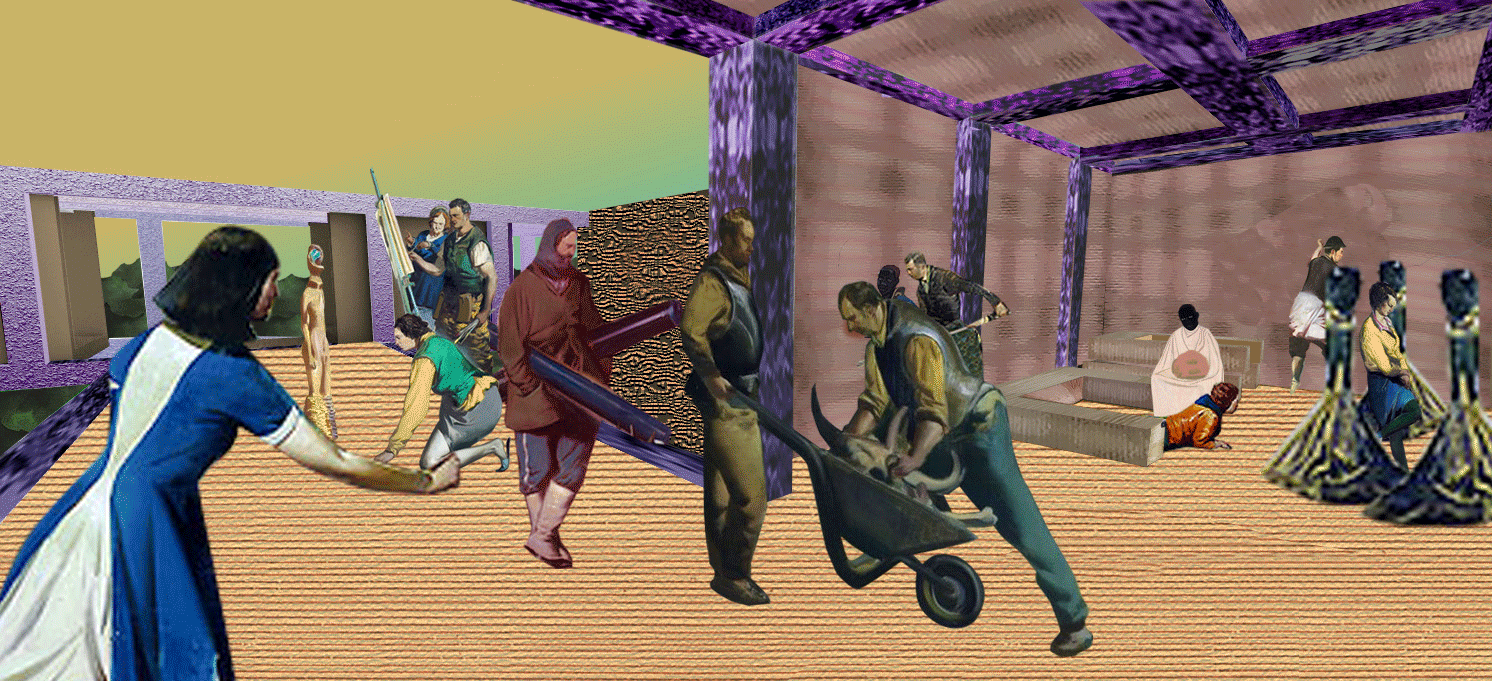
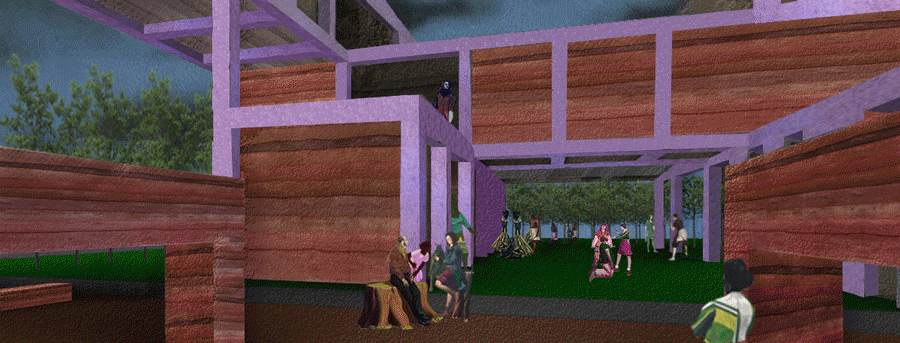
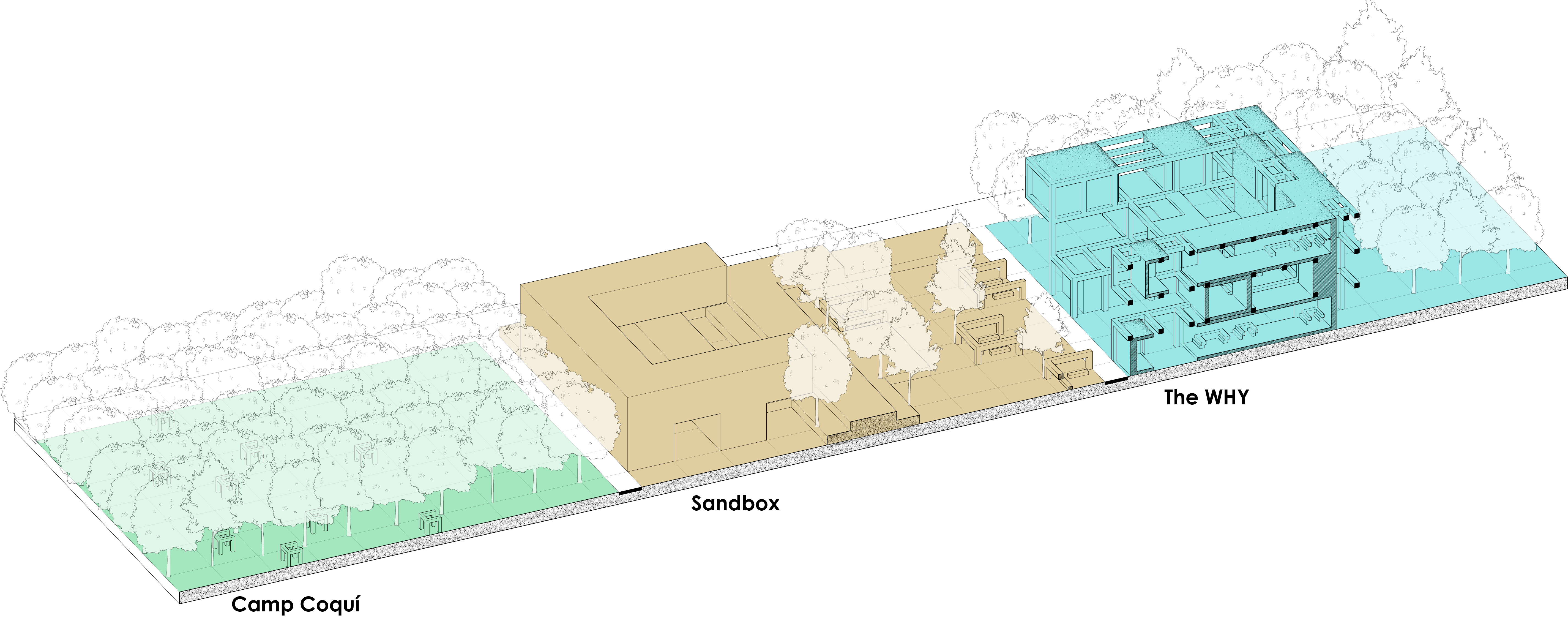
Narrative
Each classroom is malleable and susceptible to change.
Like the earth itself, the school is flexible and everchanging.
Camp Coquí
The origin of human settlement, a relatively virgin land fertile with opportunity.
Camp Coquí is a simulation of these conditions, but they are also accompanied by the peril in store for humans trying to survive. It is in this deep citadel of trees where survivalist training is instigated; students will learn how to create the framing for tents, bonfires for maintaining warmth, and tools from the abundant wood. As the first stage of human settlement, Camp Coquí is often the most challenging due to the amount of physical and mental endurance to continue their curriculum.
Sandbox
The real battleground where humanity gains an advantage over the nature, but the latter is still necessary for survival.
A transition arena arisen from Camp Coquí, the Sandbox is an area where students test their craft learned in a topographically varied environment. Here, students can use the lumber they collect from Camp Coquí, the currently residing trees of the plain, or the exposed earth of the pits to create sculptures and shelter. The most exposed area due to human intervention, the Sandbox is where the body is pushed to the limit through cobb construction in the sand, wood harvestation, and terrace parkour. Of course, the key for students is to collaborate and aid one another in their conflict with the environment around them.
The WHY
The real lab of the BOHS’ academic center is just as liable to change as the remainder of the battleground. Despite being a home for education, it can be a building one day and a mud house the next.
Students who work with wood build with wood, students who construct with cobb can construct, and students who create with bones can create. Other coursework includes the use of resources to build crafts and furniture, filming and documenting scenery to promote conservation, and physical education.
Ergo, students can use the environment to suit the nature of their studies (exploration).
The campus and curricula can only endure through the power of its students and the fire within them to thrive.
Precedent: Scaffolding
Prior to the fruition of BOHS, a research project to hone in onto the theme of environmental cohesion was conducted. The goal of the study (codenamed Scaffolding) was to create a key form to be inhabited by students and faculty who will inevitably change the landscape and building itself. BOHS, as a case of eternal learning through sporadic Some of the following questions were used to address the search of an ideal form:
What form can allow lifeforms to hang onto and alter the form itself?
How should the form react to lifeforms and how they approach the form?
What will the form look like in five years? Ten years? Twenty years?
Will the form still exist?
Though the cantilevering masses and loops of the Hemeroscopium had been founded as the default form, structures formed and based off of the Hemeroscopium are expected to change. The constant of life is change, therefore the masses may fall or the cantilevers may slump. However, that is to be determined by the inhabitants and the environment itself.
Left to right:
Ensemble Studio’s Hemeroscopium
Carla Juaçaba Studio’s Pavilion Humanidade
Hugh Ferris’ Skyscraper Sketches
Cedric Price’s Fun Palace

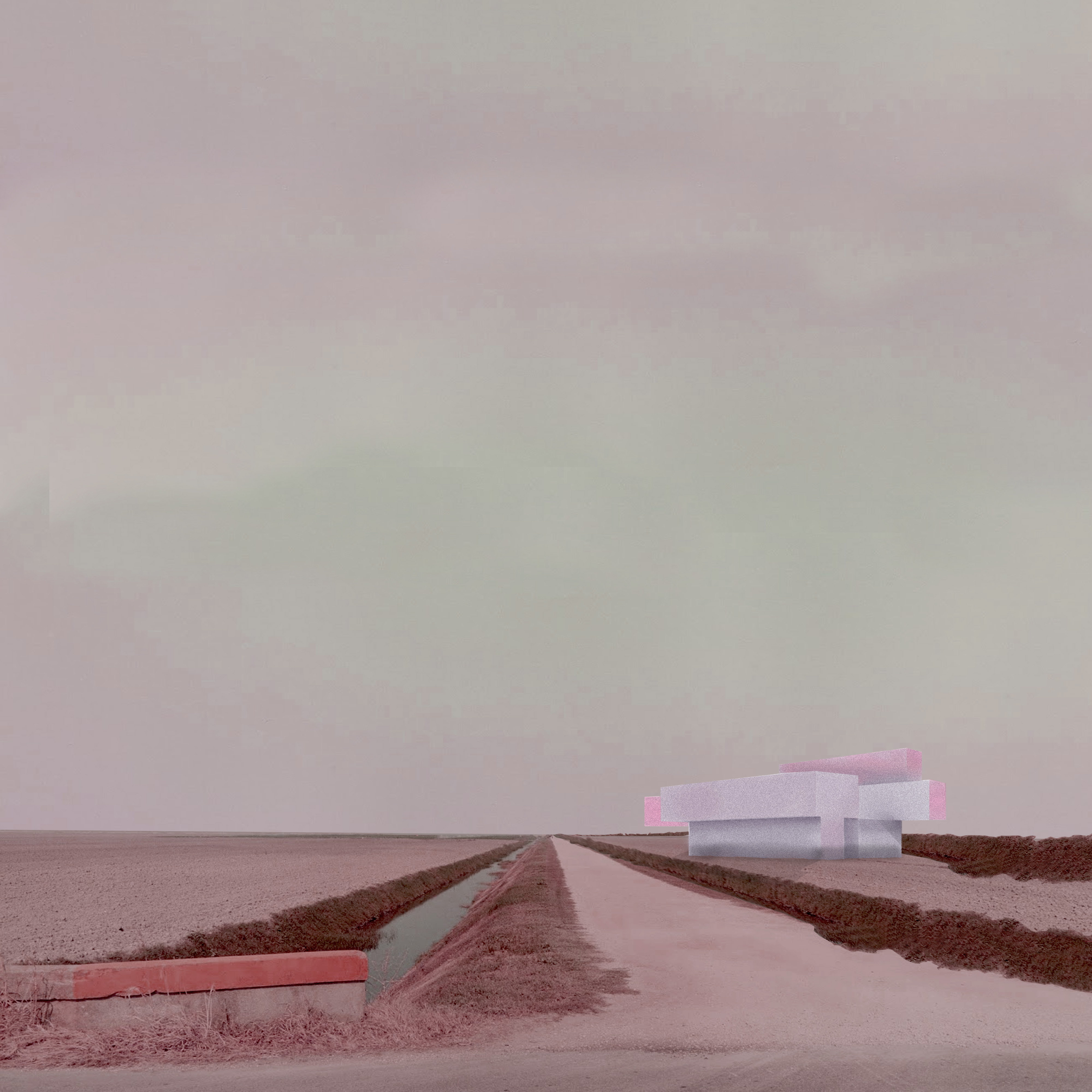
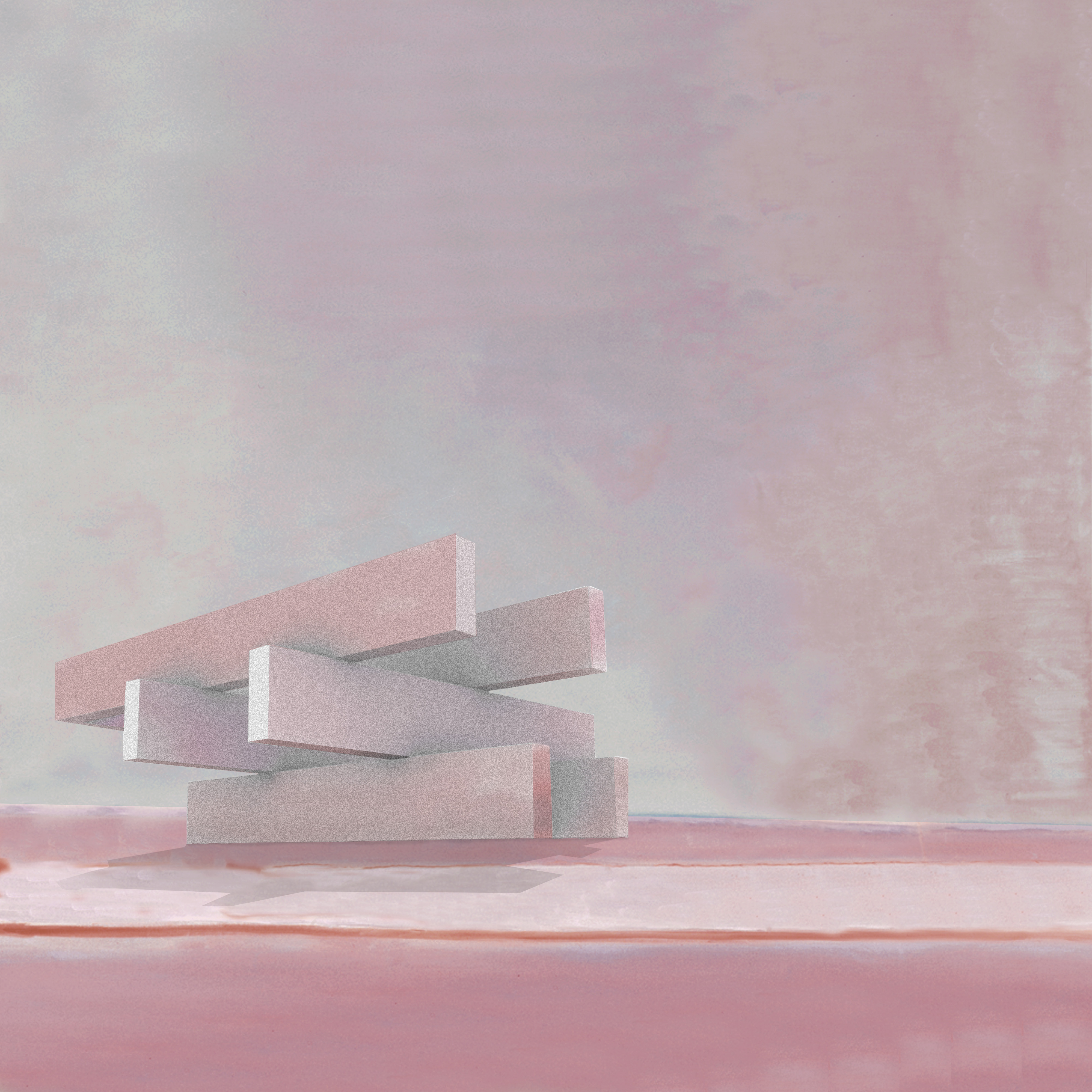



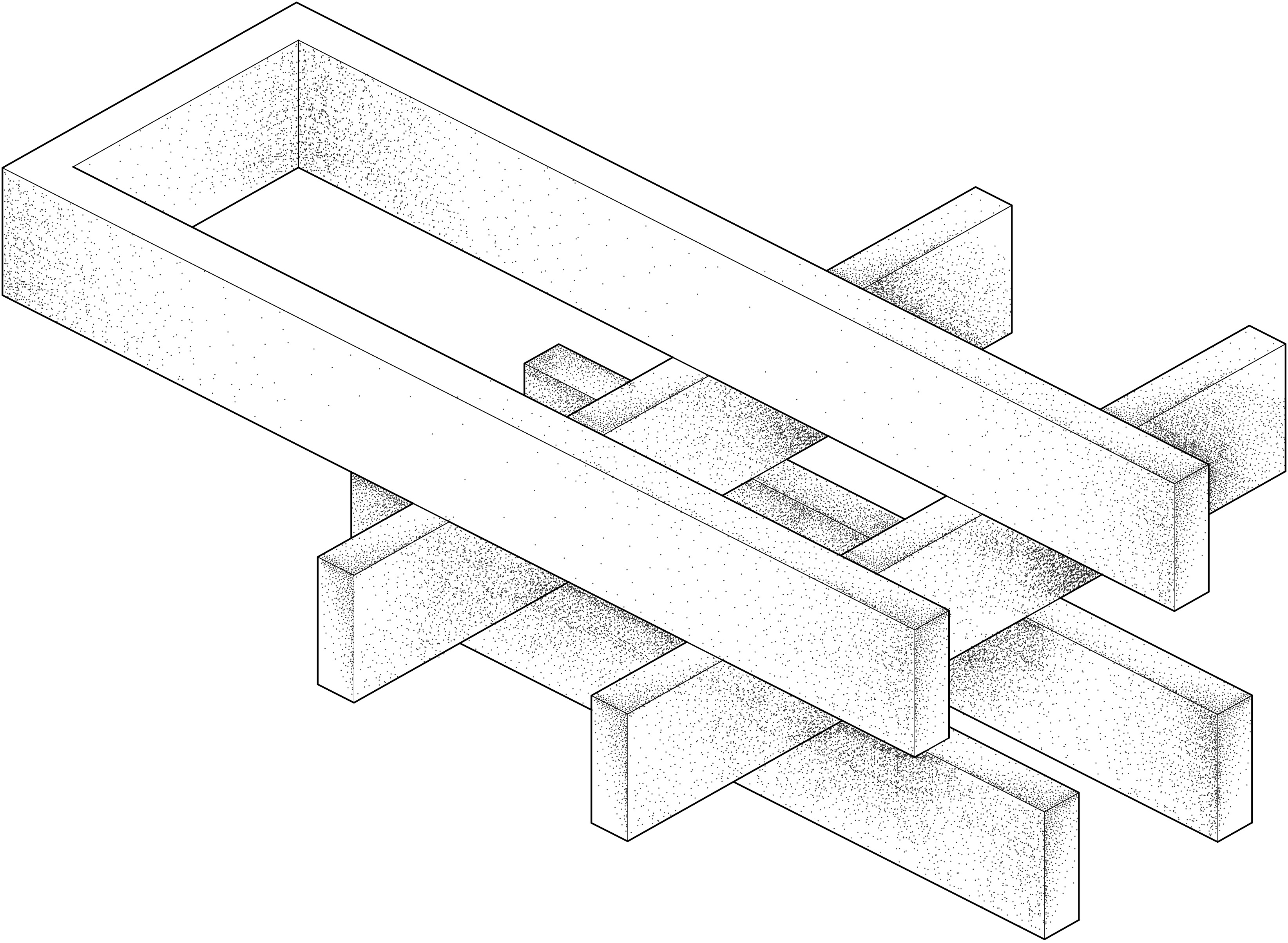


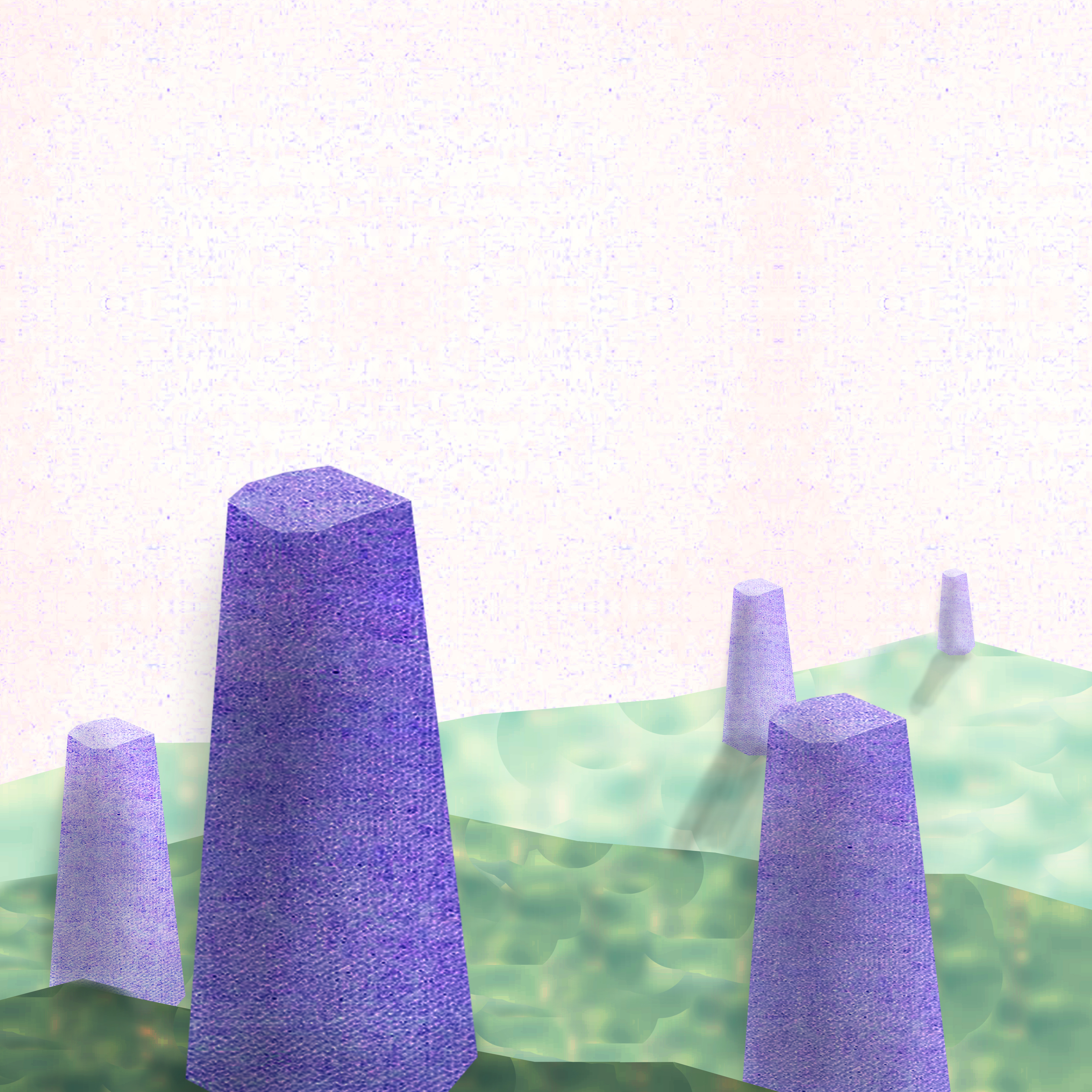
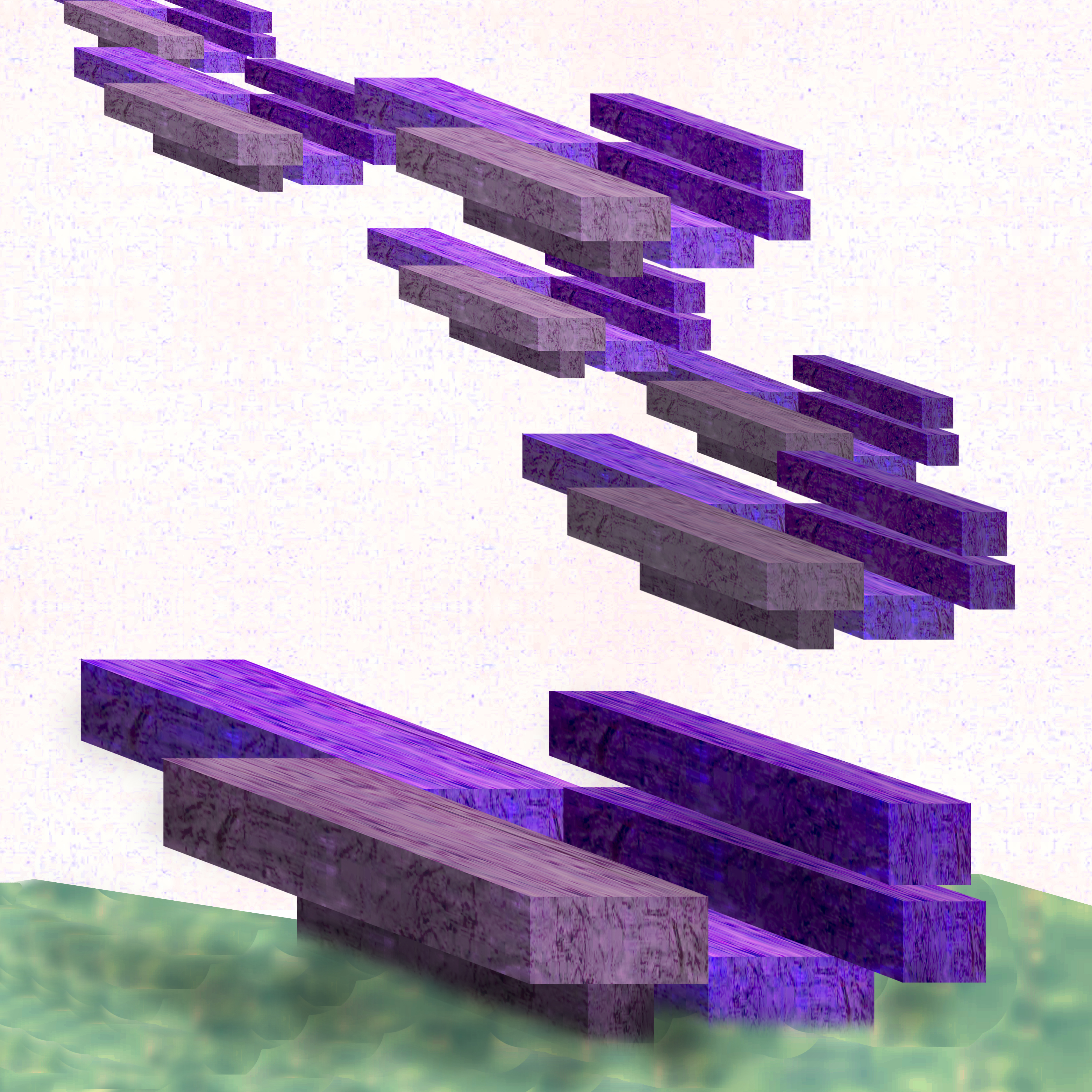

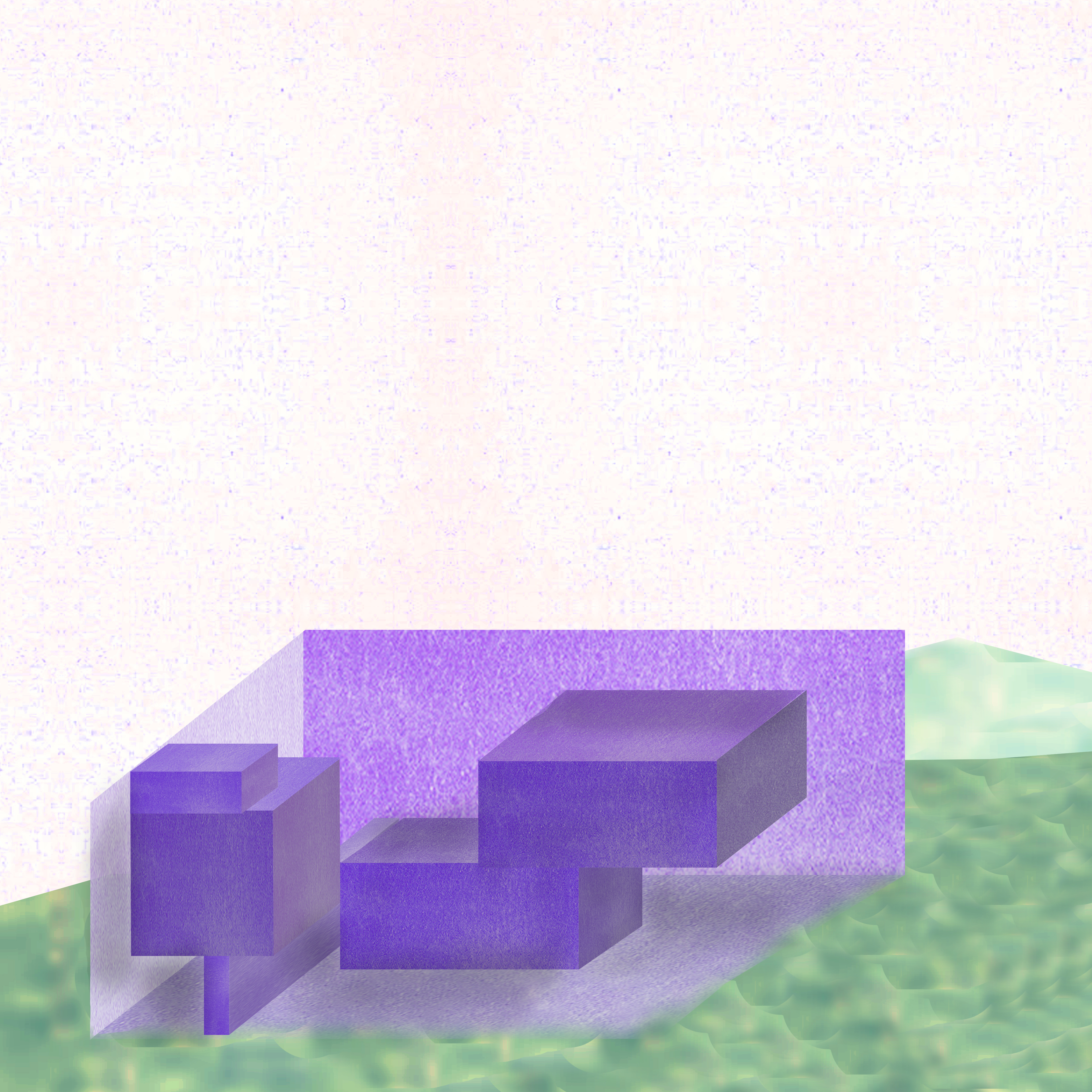
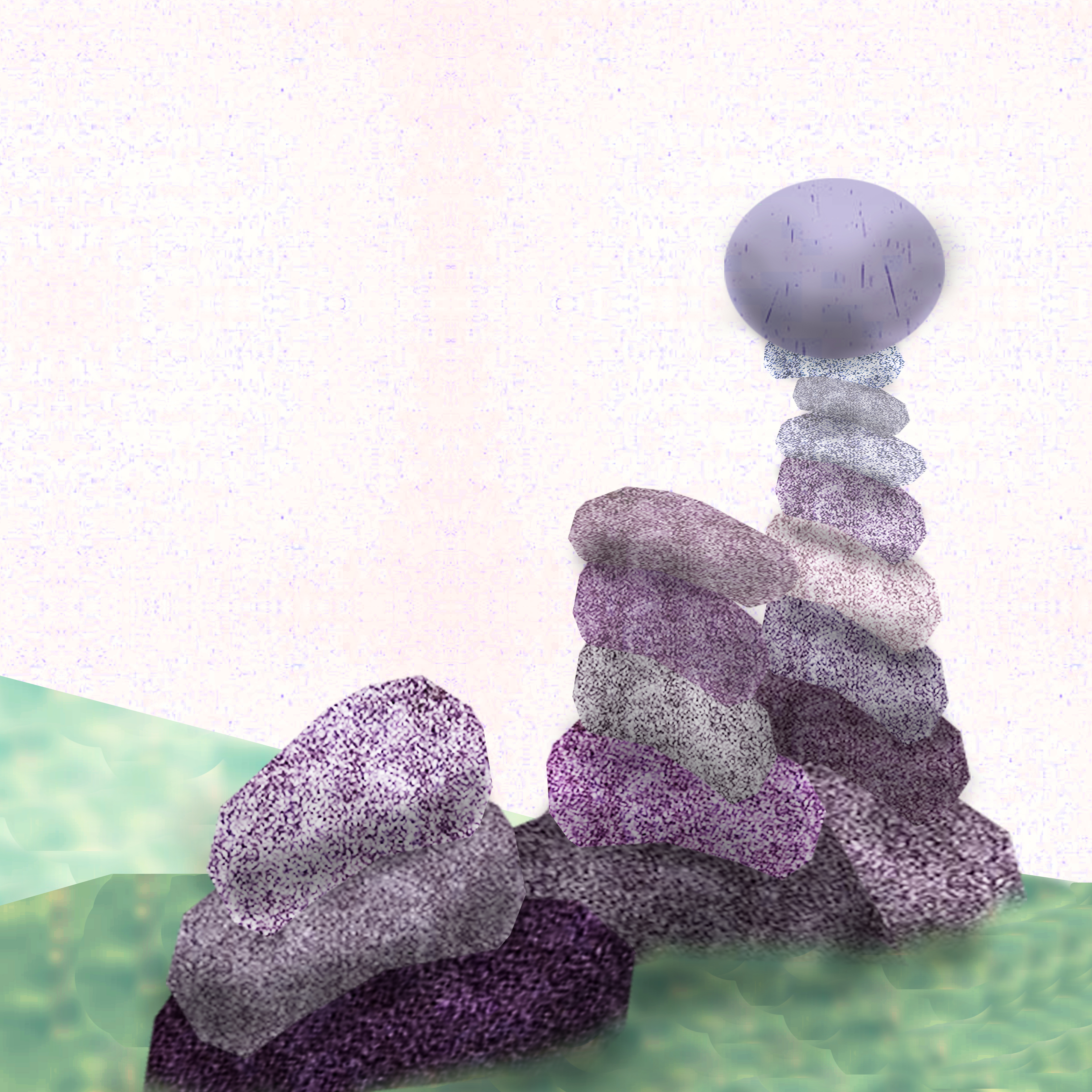
Initial studies concepts collaged together

